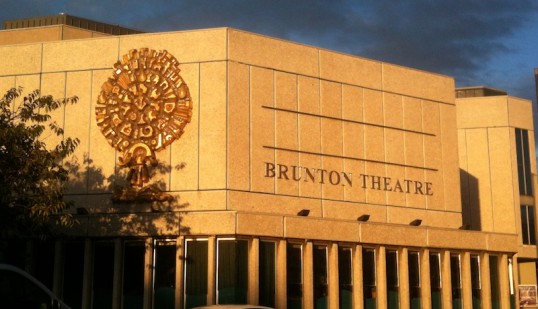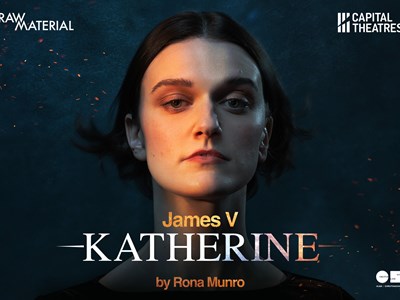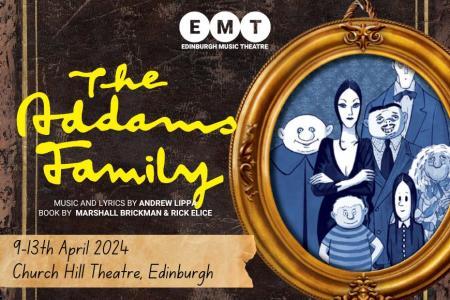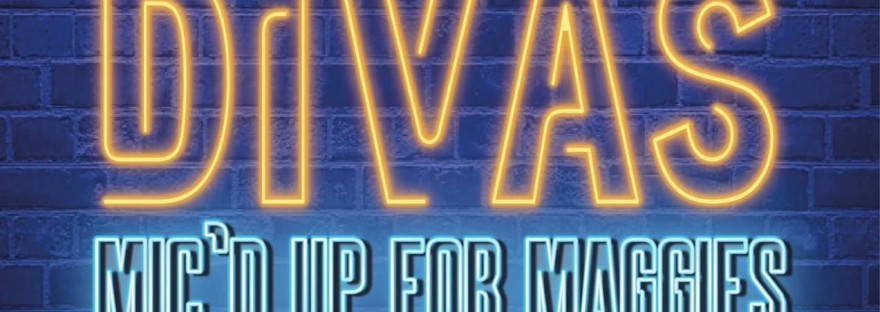**** 4 Stars
“A strong production that will have you grooving in your seats”
After stealing the hearts of London’s West End: The Drifter’s Girl has embarked on a UK Tour – and a very successful one of that. An Olivier nomination for Best New Musical in 2022 pinned this show as a frontrunner in upcoming theatre; giving viewers a glimpse into the highs and lows of the music industry, whilst jam packed with toe tapping tunes adored by many.
Set in the late 20th century: the show is told by Faye Treadwell (Carly Mercedes Dyer) as she explores the challenges that were once presented to be an African-American female music producer. Dyer brings incredible grit, vocal ability and passion to the role; lighting up the stage and encapsulating the hearts of all in her presence. It’s a true pleasure to watch and appreciate such raw emotion and talent on stage.
Portraying The Drifters themselves: Miles Anthony Daley, Ethan Davis, Tarik Frimpong and Daniel Haswell do a fantastic job capturing the essence of the group, whilst supplying the musical skill to accompany the show. Smart and creative choreography (supplied by Karen Bruce) isn’t as clean as you’d wish 6 months into a run, but is performed well nonetheless and really helps bring life to the show.
The main downfall of this production is the actor’s diction within the show. Whilst the cast do their best to imitate the southern accent on stage with accuracy – a lot of the lines are mumbled through or just completely inaudible due to sound issues. A mix of sound issues and lack of enunciation leaves the viewer working a little too hard to understand the dialogue throughout the show, instead of just being able to enjoy the book as Ed Curtis intended.
Although the Edinburgh Playhouse Theatre is no small stage, and it is very easy for a small cast of 6 to be engulfed with space – director (Jonathan Church) has ensured flawless transitions and impressive staging, allowing for a busier feel onstage. With most cast playing multiple roles; we are presented with the smallest cast possible – but their hard work is an unmatched mirror of the dedication and commitment portrayed within the production.
The set design (Anthony Ward) is basic, but effective – allowing for the production to tour with ease. Whilst the set does a good job at transporting the viewer with interchangeable flats and props: this is heavily enhanced using the digital display at the back of the stage; and a little more feels required in order to give the audience the full scale production they deserve. The screens (designed by Andrzej Goulding) are well crafted, but it is apparent that touring productions have been relying on virtual set a little too often in recent years – and this is no exception.
A special shout out to Ethan Davis, Matthew Dawkins, and the rest of the cast for making this run possible due to cast illness. Understudies, swings and reblocks truly are the building blocks of the theatre community.
Overall, The Drifter’s Girl is a strong production that will have you grooving in your seats – and it’s certainly worth grabbing a ticket while you still can. Playing their penultimate venue, Edinburgh Playhouse, until May 4th and closing with a final run in the Wales Millennium Centre (Cardiff) 7th-11th May 2024
Drifter’s Girl, Edinburgh Playhouse, Runs until Saturday 4th May, for tickets and info go to: The Drifters Girl Tickets | Edinburgh Playhouse in Edinburgh | ATG Tickets





